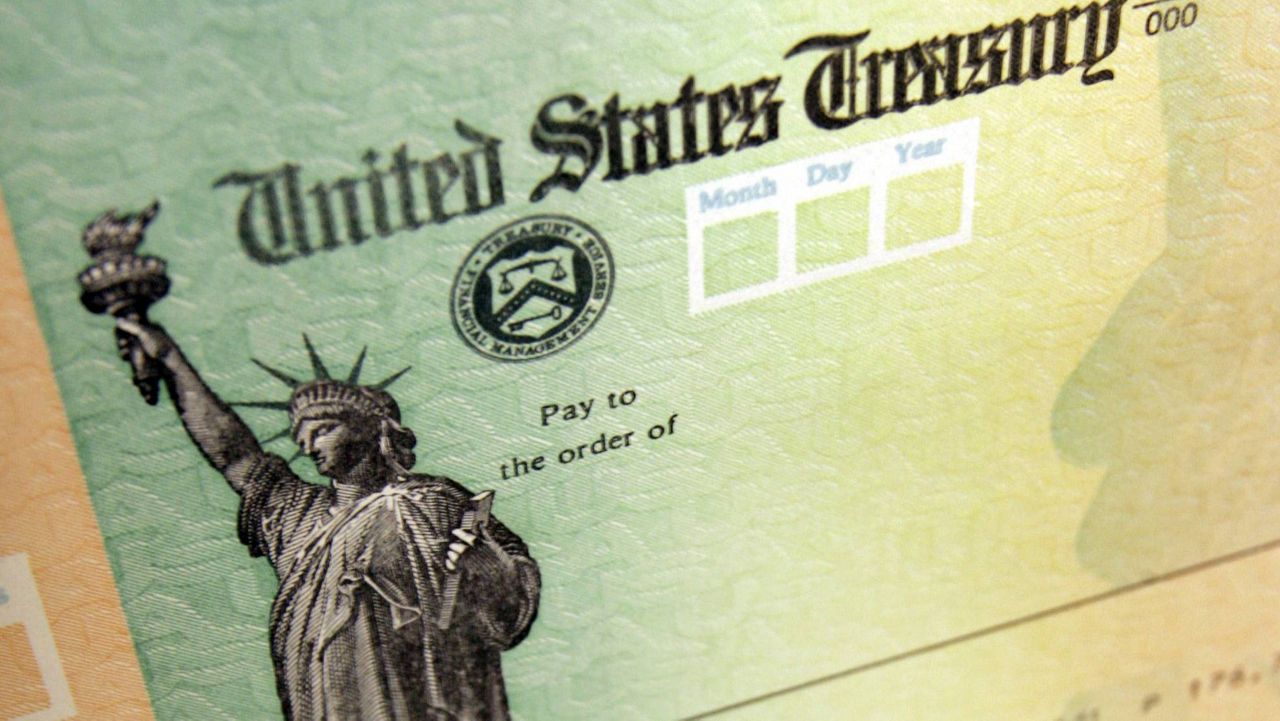The Treasury Department announced Wednesday it has issued more than 156 million payments as part of President Joe Biden's American Rescue Plan relief bill, including 25 million payments that were primarily to Social Security beneficiaries who hadn't filed 2019 or 2020 tax returns.
The direct payments of as much as $1,400 per person were the cornerstone promise of Biden's $1.9 trillion package to contain the pandemic and revive the U.S. economy. Roughly $372 billion has been paid out since March 12, a sum that likely boosted hiring last month as Americans had more money to spend.
The Treasury said the most recent batch of payments, which began processing last friday with a payment date of Wednesday, includes over 25 million payments totaling more than $36 billion.
White House officials had previously estimated that 158.5 million households would receive the payments. Wednesday's batch of payments showed how the administration is going beyond IRS filings to get out the money. It included 19 million payments to Social Security recipients who had not submitted tax returns for the past two years and didn't use a tool last year for non-filers to receive the two previous rounds of direct payments.
Within two weeks of the American Rescue Plan being signed into law, the IRS and Treasury begun disbursing 127 million payments, including including 107 million direct deposits, far ahead of the first round of direct COVID relief payments to Americans.
The payments are filtering through the U.S. economy in a variety of ways, according to a recent poll by The Associated Press-NORC Center for Public Affairs Research.
Among those Americans who say they have received or expect to receive a payment, 33% say most of it will be used to pay bills. An additional 21% say most of the money will pay down debt. About 23% plan to save most of the payment, while 16% intend to increase their spending. Just 3% say they will donate it or give it to friends or family.
The Treasury reminded Americans that "federal benefits recipients may need to file a 2020 tax return, even if they don't usually file, to provide information the IRS needs to send payments for a qualified dependent."
"Eligible individuals in this group should file a 2020 tax return to be considered for an additional payment for their qualified dependent as quickly as possible," the release said. "People who don't normally file a tax return and don't receive federal benefits may qualify for these Economic Impact Payments."
The next batch of payments, for Veterans Affairs beneficiaries who do not typically file tax returns, will be disbursed on April 14.
The Associated Press contributed to this report.



